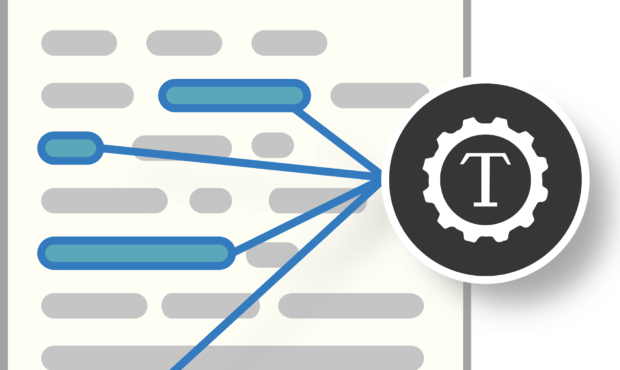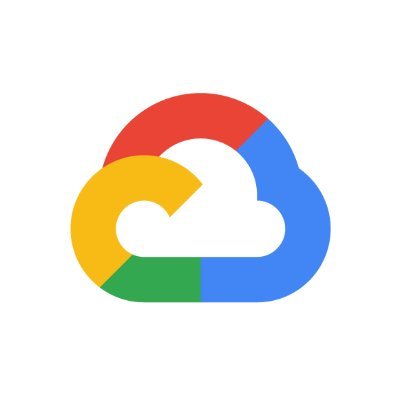

Starting with our first example: a scanned prescription for amoxicillin (kind of antibiotic).
Google ocr font full#
However, the reader is encouraged to play around with the notebook provided and see full results for themselves. the full recognised text results are not provided here, for the sake of keeping the article readable. Text Detection model: detects and recognises all text on a provided imageĭocument Text Detection model: practically performs the same task, but is tuned to better suit dense texts and documents There are two distinct OCR models that are worth experimenting with: However, its defaults are very effective in general. Google Vision, on the other hand, does not provide as much control over its configuration as Tesseract. Single Column: the system assumes that there’s a single column of lines of texts Sparse Text: the system tries to extract as much text as possible, disregarding its location and order Single Block: the system assumes that there is a single block of text on the image For simplicity, I will not cover all of the modes available, but experiment with three, that, at least intuitively, might fit the layouts of the documents we are working with here: In many cases, one might resort to run it in auto-mode, but it’s always useful to think about what the potential layouts of the documents might be and hence provide some hints to Tesseract, so it can yield more accurate results. The one that makes the most difference in the example problems we have here is page segmentation mode.
Google ocr font Offline#
Tesseract OCR is an offline tool, which provides some options it can be run with.

In this article we are going with two specific OCR tools: Tesseract OCR and Google Cloud’s Vision API We are going to focus our attention on two specific ones here. There exist a multitude of approaches for OCR from very simple ones, that can only recognise clear text in a specific font, to particularly advanced, that employ machine learning and can work with both printed and handwritten texts in multiple languages. OCR is an umbrella term encompassing a range of different technologies that detect, extract and recognise text from images. This is when Optical Character Recognition (OCR) techniques may come in handy. But it gets tedious if the number of those to type in becomes large, and the time is precious. You could type them into a computer database manually and call it a day.
Google ocr font pdf#
Like Google Docs, Google Search too includes OCR features but the difference is that while Google Docs can extract text from images, the OCR in Google Search works only with scanned PDF files.Let’s say you want to extract some information from paper prescriptions (to perform some trend analysis afterwards, or to simply check if the prescription is valid against a database the exact reasons may vary and are not too important here). You can also upload images to Google Docs without the OCR parameter but in that case, the image will be converted into a new Word document sans OCR. If you are a developer, you can add the ocr=true parameter to your upload request and Google Docs will automatically scan that image for text patterns. The OCR feature can also extract text from noisy images as well though the recognized text is not very accurate and the document formatting is lost. In the following example, Google Docs successfully extracted all the text from a scanned book page and converted it into an editable document. You can upload an image containing printed text (like a fax document or a scanned newspaper clipping) to your Google Docs account and it will turn that image into digital text that you can copy and search.

Google Docs can perform OCR on digital images.


 0 kommentar(er)
0 kommentar(er)
